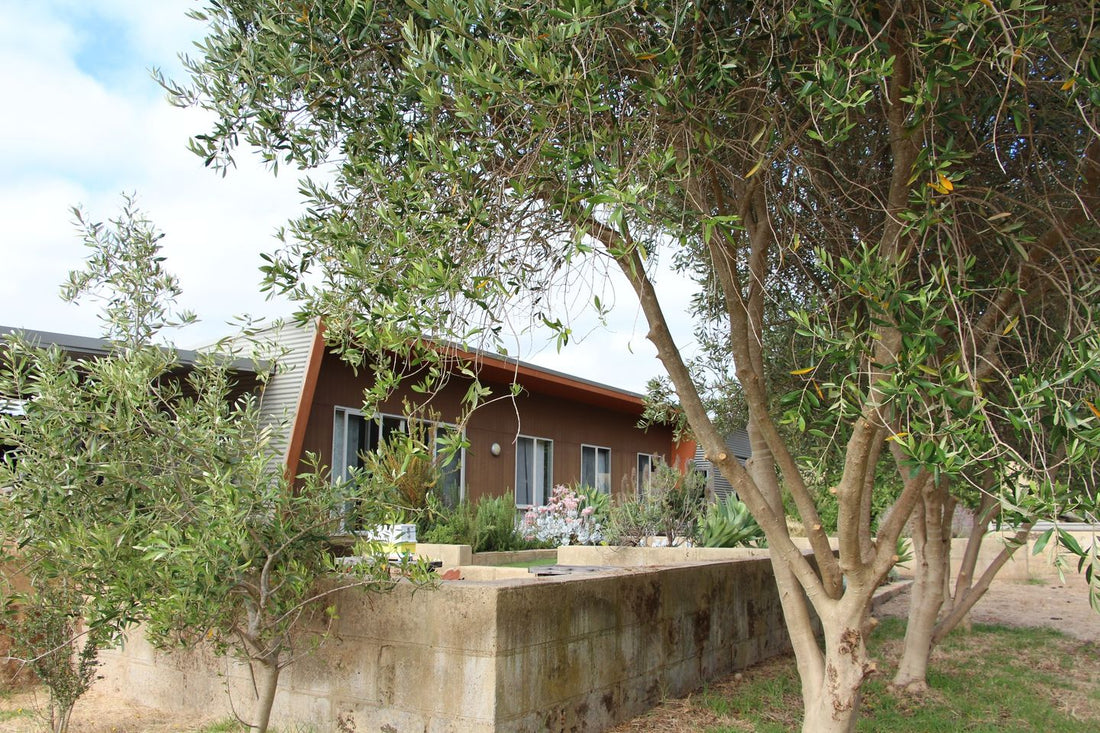I often joke that my life is like "The Little House on the Prairie", but with the internet. Turns out that is a thing... Cottagecore.
The subculture started out as an internet aesthetic centered around a simple and peaceful life in the countryside. It promotes experiencing life on a farm or cottage surrounded by fields and forests, the bucolic idyll.
It also focuses on low tech activities like going for walks, baking, pottery, spinning or knitting.
As with all of these sub-cultures and genres, like steampunk, there is a strong Japanese pop-culture/street fashion influence.
The scenery and clothing in the 2004 animated fantasy film Howl's Moving Castle, directed by Hayao Miyazaki, characterise the movement.
Lead character Sophie makes hats by hand and wears long dresses. This, The Wind Rises and other films animated by Studio Ghibli often look back to simpler times.
Margaret Talbot writes that in person, Miyazaki exhibits "a profound dissatisfaction with modern life," particularly with the effects of technology and a disconnection from nature. Many of his films depict technological hubris as among the roots of evil. (March 2006). "The Auteur of Anime". The Asia-Pacific Journal.
Cottagecore, like all the previous back to nature movements, stems from the notion of living in simplicity and harmony which emerge in times of financial stress or turmoil.
It has been criticized as a romanticized view of rural life, ignoring the modern realities of low incomes and high unemployment, not to mention the work and hardship that previous generations had to endure to actually make a living on their farms. Farming is still hard, but nothing like the backbreaking days of manual labour, supported only by draft horses and simple machines. Broadacre farming is still hard work today because there are so few farmers working huge areas of land.

Homesteading, which is really more closely aligned with the Cottagecore ideal, is much easier than 100 or even 50 years ago.
I milk goats every single day of the year, but I have power in the milking shed for lights and a gas hot water system. I make cheese, but I have a gas stove with bottles outside, I spin yarn and weave fabric, but I can still buy cotton underwear at the supermarket.
200 years ago, everyone lived a small sustainable peasant life, surviving harsh conditions with few resources and most people around the world still live like this.
Our quality of life in the developed world is the result of the industrial revolution, but that came at a cost. People are now more aware of the finite nature of resources and are starting to think more about their consumption.
Life 100 years ago was not glamorous or luxurious but it was sustainable, it might not have been exciting and instagrammable but it was simpler and closer to nature. Most people didn't leave their hometown, but they had a strong sense of community and that has all but disappeared in much of modern life.
I hope the world has turned from the Selfie, look at me, culture always seeking external validation to a more inward focused, self appraising ideal.
Cottagecore is defined by a more sustainable way of living with less waste, frugality rather than consumption, with more recycling and growing your own food.
The pandemic probably fuelled the recent spike in popularity, mindful dreaming, an antidote to the mindless scrolling.
During the pandemic, many of the laptop class who had the privilege of working from home made the sea-change/tree-change which fuelled another back to the land movement. The choice to live this life is still a first world privilege. You need to be financially secure to be able to opt out of the rat race. But anyone can start living more-sustainably, tending the garden, caring for animals and spending time baking and handcrafting items.
Cottagecore opens a window into the future, imagining how the world could be if we learn from the past, to create a more beautiful future.
Cottagecore also embraces self-care and slow living, an idea that is diametrically opposed to the current state of many people’s lives.

In the fashion stakes, common patterns include gingham, stripes, tartan/plaid, paisley, florals, and lace. Just like Laura Ashley for a new generation.
It turns out I was ahead of the curve with my blog Country Diary of a GenX woman based on the Country Diary of the Edwardian Lady and weaving my tartan shawls.
Cottagecore was promoted in the mainstream press in the US in 2020 and 2021, but is just ermerging here in Australia.
"It revolves around everything that is wholesome and accessible to everyone financially: baking, gardening, reading, animals, and picnics — at a time like this, it is a great equalizer," says Dr. Sanam Hafeez, Psy.D., a neuropsychologist.
“Just like most bohemian movements that predate it, cottagecore also expresses a general displeasure with the current state of capitalism and urbanism, which has been really hard on millennials and is expected to be rough on Gen Z, too,” Suzanne Wexler, a culture and trend writer said
Many of the things that have become closely associated with cottagecore — like pressing flowers and knitting — are a rejection of capitalism on some level, according to Wexler. It’s more about DIY-ing than going out and buying. It’s just about simple, good-natured, wholesome living.


